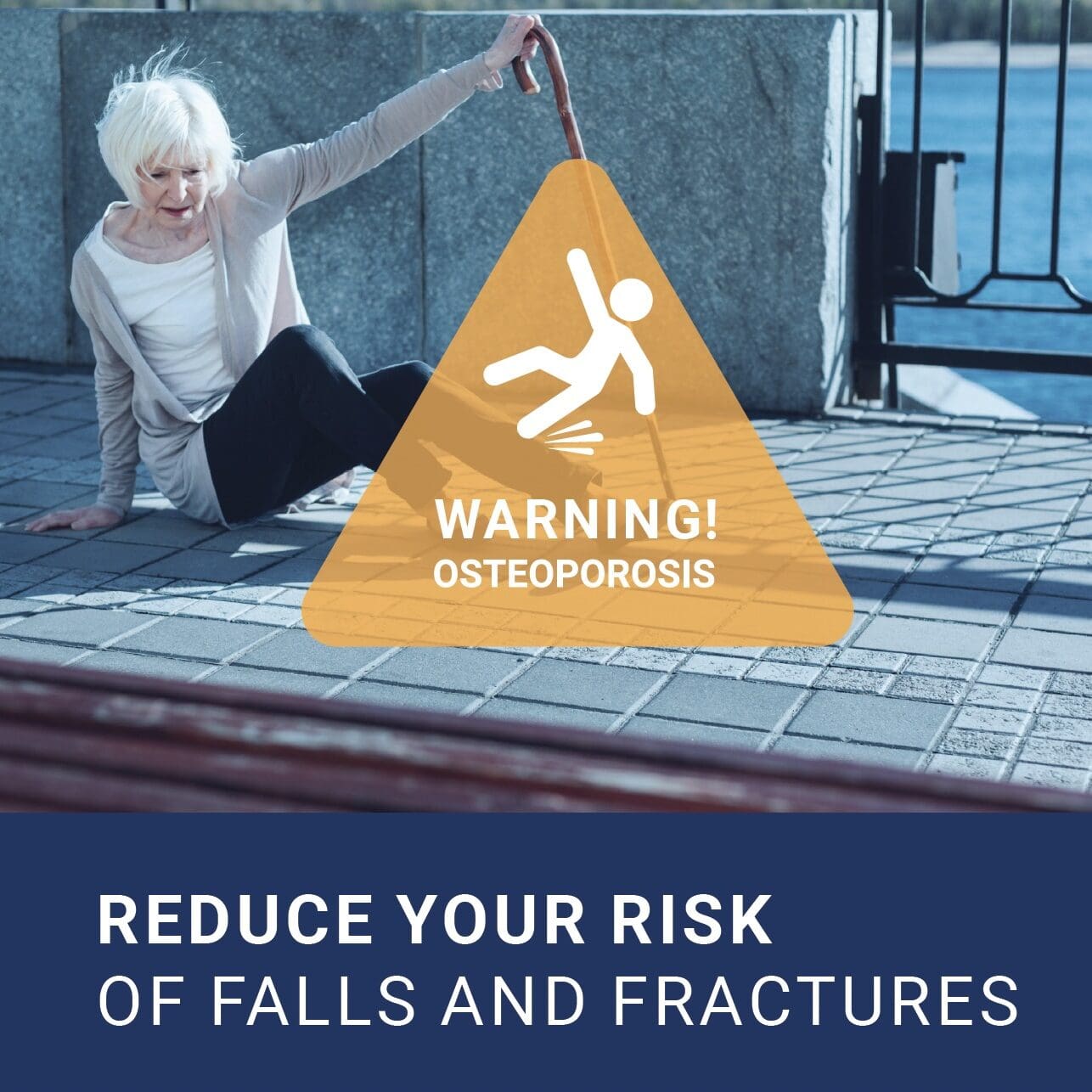
Exercise Booklet

A team of physicians, exercise professionals, researchers, and patients reviewed clinical trials on exercise for adults over 50 at risk of fractures and developed evidence-based guidelines. This booklet summarizes those guidelines and offers practical advice to help you apply them.
What’s Inside:
- Exercise tips to prevent falls and fractures
- Safe movement and osteoporosis-friendly exercises
- Guidance on yoga, Pilates, walking, running, and community classes
- Tools to help you plan and structure your exercise routine
Exercise Videos
In partnership with the University of Waterloo and the Geriatric Education and Research in Aging Sciences Centre, Osteoporosis Canada has created a video series on safe, effective exercise for people with osteoporosis.
The series shares the stories of four individuals and their unique approaches to staying active and healthy.
Downloadable Patient Material


Treatment Options

Evidence-based information on medications, how they work, who they’re for, and what to expect during treatment. Whether you’ve recently been diagnosed or are reviewing your options, this guide will help you make informed decisions about your bone health care.
What’s Inside:
• When treatment is recommended
• Types of osteoporosis medications (antiresorptive and anabolic)
• How treatments help reduce the risk of fractures
• Duration of therapy and treatment reviews
• Importance of calcium, vitamin D, and lifestyle in management

Fall Prevention
For individuals with osteoporosis, falls are a leading cause of fractures. However, fall prevention strategies can significantly reduce this risk and help maintain bone health, independence, and overall quality of life.
Identifying and Reducing Fall Risks
Many falls occur at home due to avoidable hazards such as:
- Slippery floors or loose rugs
- Poor lighting in hallways, staircases, and bathrooms
- Unstable furniture or cluttered walkways
- Lack of grab bars in bathrooms or handrails along stairs
Beyond environmental risks, other factors can increase the likelihood of falls, including:
- Balance issues or muscle weakness
- Vision impairments
- Certain medications that cause dizziness or drowsiness


